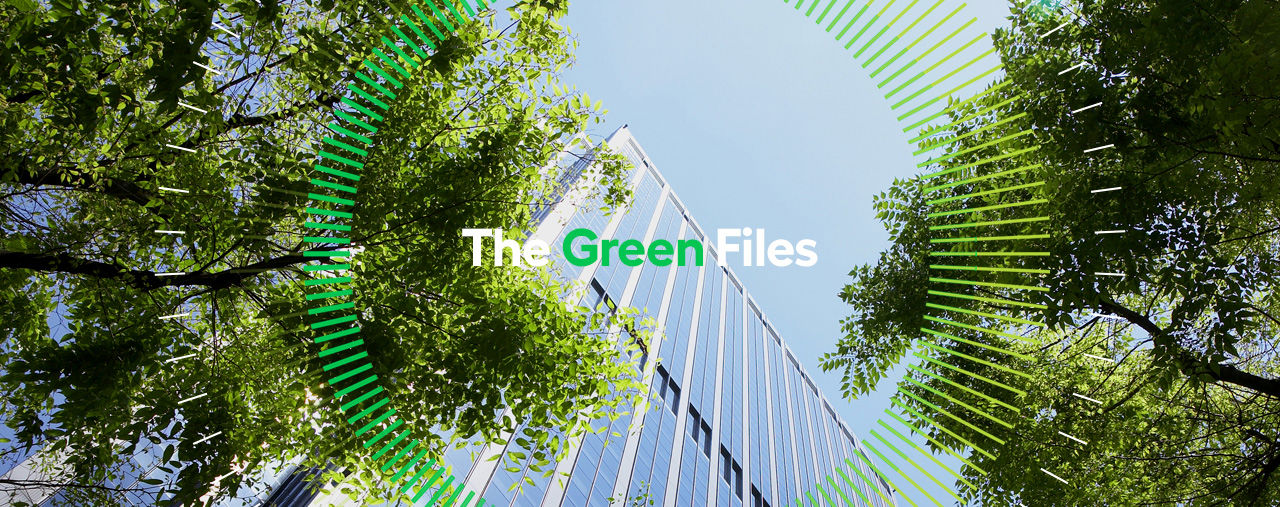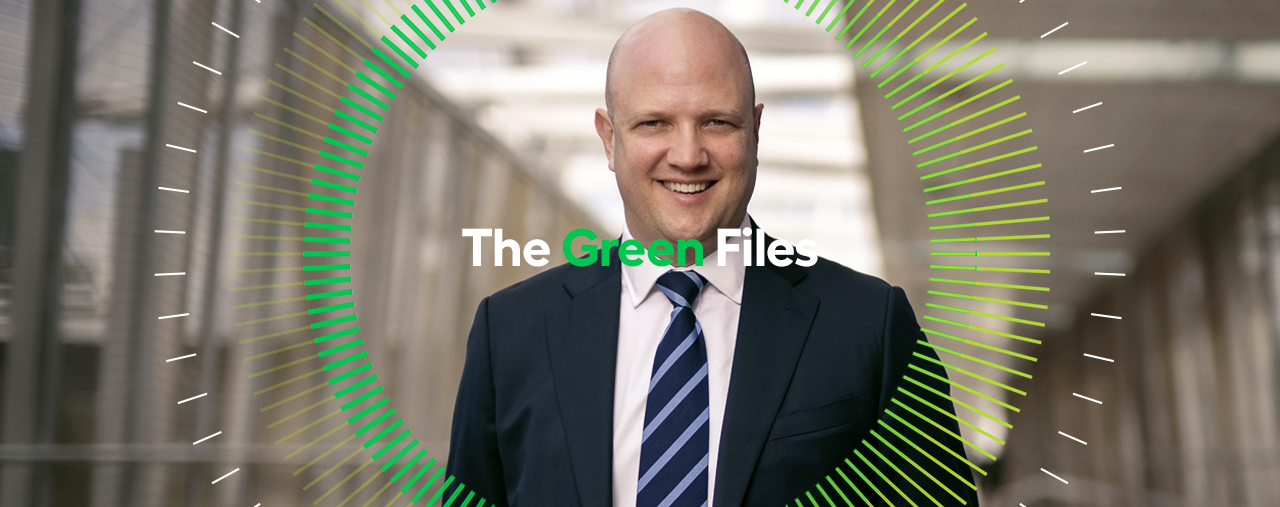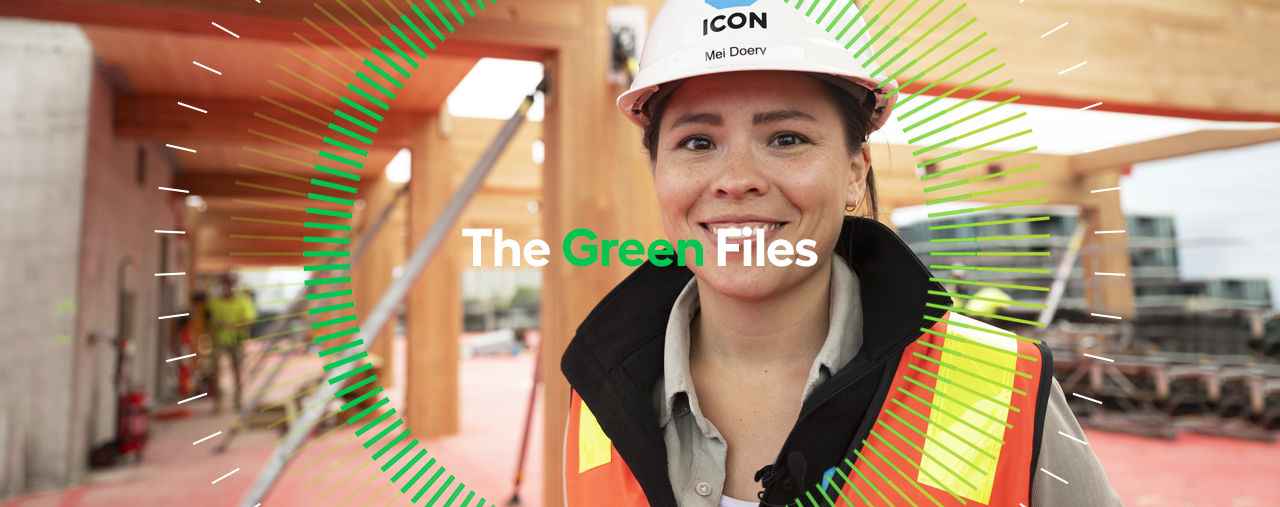
Australian green hydrogen trailblazer eyes giant leaps in energy efficiency
The Green Files is a unique CEFC series where we talk to the people making a difference in the race to net zero emissions.
In a world constantly seeking sustainable solutions, Australian green hydrogen trailblazer Hysata is making waves with a groundbreaking innovation that could redefine our energy landscape. Hysata is developing the world’s most efficient electrolysers, paving the way for green hydrogen to be used to decarbonise the hard-to-abate sectors that have long struggled to reduce their carbon footprint.
While much of the economy can be decarbonised with green electricity, this isn’t always possible in industries such as steel, chemicals, high-grade industrial heat and heavy transport. This is where green hydrogen comes in.
Hydrogen is produced by splitting water into its component parts of oxygen and hydrogen with an electricity-powered electrolyser, powering this via a renewable energy source creates green hydrogen.
Our mission is to help our customers deeply decarbonise their operationsPaul BarrettHysata Chief Executive Officer
“Green hydrogen is a building block molecule in value-add products, like green iron that enables the decarbonisation of existing steelmaking” says Hysata Chief Executive Officer Paul Barrett.
The global iron and steel sector is responsible for around 8 per cent of direct global energy system emissions, and 10 per cent if indirect emissions from electricity are included.
However, green hydrogen’s potential to play a central role in the decarbonisation of the global economy is currently limited by cost.
Hysata believes that its high efficiency electrolyser could transform the economics of green hydrogen production.
“It’s not just more efficient. It’s a giant leap in efficiency,” says Barrett.
Hysata electrolysers has low electrical resistance, running at 95 per cent efficiency – needing 41.5 kilowatt hours of electricity to produce one kilogram of hydrogen. Incumbent electrolysers, by contrast, run at around 75 per cent efficiency and need 52.5 kilowatt hours of electricity or more to produce one kilogram of hydrogen.
In fact, Hysata electrolysers are already meeting the International Energy Agency’s 2050 electrolyser efficiency target.
Another key advantage of their more efficient running is that fewer of the valuable renewable electricity atoms they use are wasted and converted into heat, as they are in conventional electrolysers. This means there is less need for cooling, which further reduces electricity use. Electricity is the most expensive feedstock for green hydrogen.
Industry trials and strategic growth
The Hysata electrolysers are built as modular units to allow for mass manufacturing and for companies to scale up their use. Barrett expects they will be co-located at industrial sites which use hydrogen.
“The modularisation and mass manufacturing, coupled with this efficiency advantage makes a pretty winning value proposition,” he says.
Hysata is currently in the midst of commercial-scale trials and is setting up manufacturing at its beach facing 8,500 m2 Port Kembla factory. It also has agreements with some of its strategic investors to supply them with gigawatts worth of electrolysers and plans to fulfil this in the coming years.
“Our mission is to help our customers deeply decarbonise their operations,” Barrett says.
“There’s a huge demand for what we’re doing because it’s a really disrupting step change in performance when compared to the incumbents.”
In May 2024 the company impressively closed Australia’s largest Series B clean tech capital raising with a US$111 million investment round.
Investment came from existing strategic and financial investors, including the CEFC, IP Group Australia, Hostplus, Danish wind turbine manufacturer Vestas Ventures, and BlueScopeX.
Capital also came from new investors, including bp Ventures, Templewater, South Korean steel giant POSCO, Oman Investment Authority, and TelstraSuper.
The CEFC Hysata investment is managed by Virescent Ventures. “We've been able to tap into the team’s knowledge to talk about big green hydrogen projects, particularly as this industry gears up for a significant take off in the second half of this decade,” Barrett said of the CEFC and Virescent Ventures involvement.
Australia’s burgeoning green hydrogen sector is receiving considerable government support, including via the $2 billion Hydrogen Headstart Program, which aims to fund large-scale hydrogen production projects. This is complemented by the $300 million Advancing Hydrogen Fund, providing much need investment capital via the CEFC.
Australia is ideally positioned to produce green hydrogen, thanks to the significant temperature differences between day and night in coastal desert regions. These conditions generate strong winds, allowing offshore wind turbines to theoretically operate up to 65 per cent of the time. “That creates a really good economic environment for producing green hydrogen,” says Barrett.
‘Electrostate’ ambitions
Based in Port Kembla, south of Sydney, Hysata was founded in 2021 based on research by founder Gerry Swiegers at the nearby University of Wollongong. Swiegers now serves as chief technology officer, with two of his former PhD students also on the team.
Barrett, a chemical engineer, first encountered Hysata while working at a venture capital firm that invested in the company. He stepped in as interim CEO in 2021 and became permanent CEO the following year. Barrett has big ambitions for the company’s groundbreaking technology, particularly in the big economic – and high emitting – sectors.
He sees immense potential for Australia in transitioning to manufacturing green iron and green steel, so we can continue to draw on the nation’s abundant iron ore resources with the aid of vastly more efficient and greener hydrogen technology. Currently, steel production in Australia accounts for about 24 million tonnes of carbon dioxide – about five per cent of the country’s domestic total, according to data from the Australian Renewable Energy Agency. However, these 24 million tonnes are overshadowed by the 1,500 million tonnes of carbon dioxide emissions from processing Australian iron ore overseas.
“That green iron will add value to the iron ore and strip 95 per cent of the emissions out, creating a huge opportunity in Australia for employment, for additional revenue and for decarbonisation,” Barrett says.
Just as oil producing nations were wealthy petrostates last century, Barrett foresees the emergence of wealthy ‘electrostates’ – countries with abundant land, raw materials and renewable energy.
“Australia probably leads the pack,” he says. “This is an opportunity for Australia to pick the right policy settings that can enable Australia to compete globally and win.”




